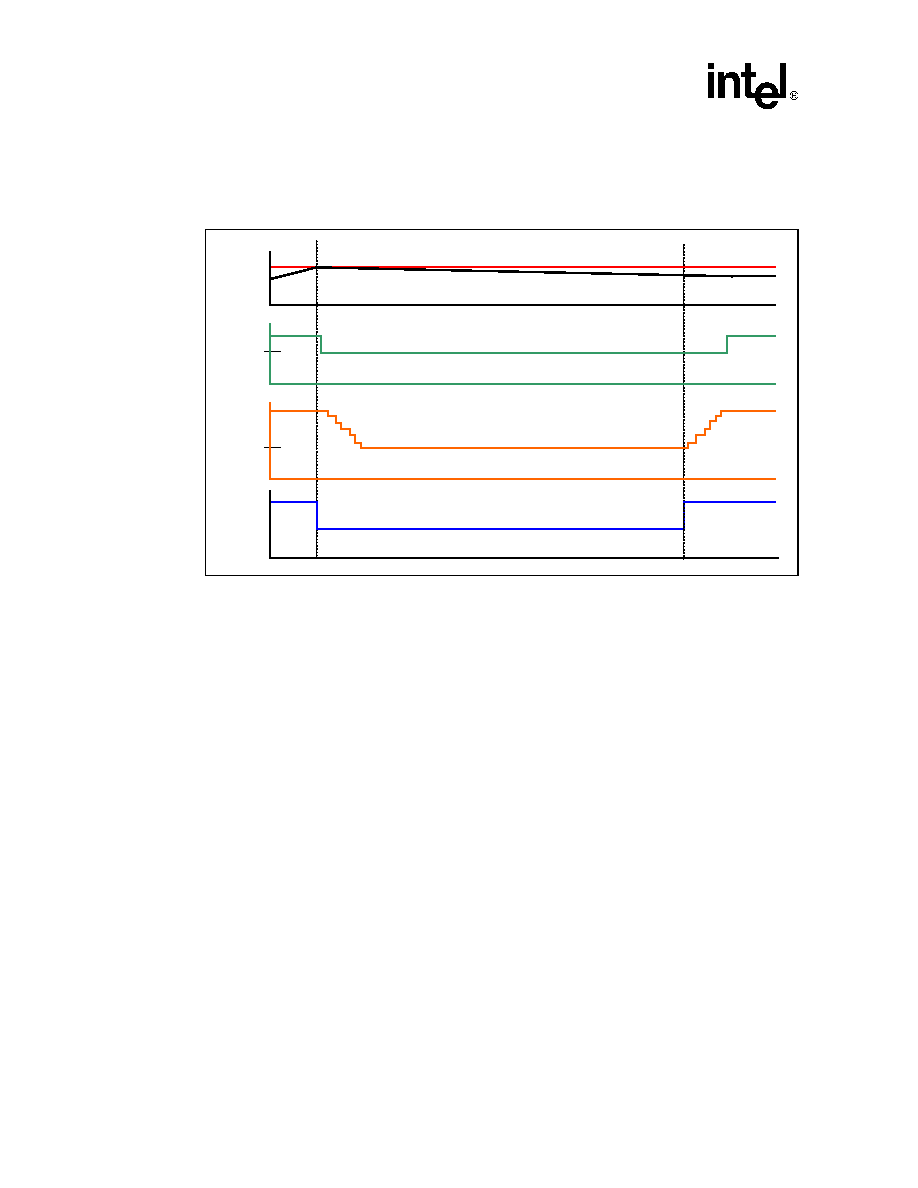- 您現(xiàn)在的位置:買賣IC網(wǎng) > PDF目錄298893 > BX80552651T (INTEL CORP) 32-BIT, 3400 MHz, MICROPROCESSOR, PBGA775 PDF資料下載
參數(shù)資料
| 型號(hào): | BX80552651T |
| 廠商: | INTEL CORP |
| 元件分類: | 微控制器/微處理器 |
| 英文描述: | 32-BIT, 3400 MHz, MICROPROCESSOR, PBGA775 |
| 封裝: | FLIP CHIP, LGA-775 |
| 文件頁(yè)數(shù): | 90/108頁(yè) |
| 文件大?。?/td> | 3283K |
| 代理商: | BX80552651T |
第1頁(yè)第2頁(yè)第3頁(yè)第4頁(yè)第5頁(yè)第6頁(yè)第7頁(yè)第8頁(yè)第9頁(yè)第10頁(yè)第11頁(yè)第12頁(yè)第13頁(yè)第14頁(yè)第15頁(yè)第16頁(yè)第17頁(yè)第18頁(yè)第19頁(yè)第20頁(yè)第21頁(yè)第22頁(yè)第23頁(yè)第24頁(yè)第25頁(yè)第26頁(yè)第27頁(yè)第28頁(yè)第29頁(yè)第30頁(yè)第31頁(yè)第32頁(yè)第33頁(yè)第34頁(yè)第35頁(yè)第36頁(yè)第37頁(yè)第38頁(yè)第39頁(yè)第40頁(yè)第41頁(yè)第42頁(yè)第43頁(yè)第44頁(yè)第45頁(yè)第46頁(yè)第47頁(yè)第48頁(yè)第49頁(yè)第50頁(yè)第51頁(yè)第52頁(yè)第53頁(yè)第54頁(yè)第55頁(yè)第56頁(yè)第57頁(yè)第58頁(yè)第59頁(yè)第60頁(yè)第61頁(yè)第62頁(yè)第63頁(yè)第64頁(yè)第65頁(yè)第66頁(yè)第67頁(yè)第68頁(yè)第69頁(yè)第70頁(yè)第71頁(yè)第72頁(yè)第73頁(yè)第74頁(yè)第75頁(yè)第76頁(yè)第77頁(yè)第78頁(yè)第79頁(yè)第80頁(yè)第81頁(yè)第82頁(yè)第83頁(yè)第84頁(yè)第85頁(yè)第86頁(yè)第87頁(yè)第88頁(yè)第89頁(yè)當(dāng)前第90頁(yè)第91頁(yè)第92頁(yè)第93頁(yè)第94頁(yè)第95頁(yè)第96頁(yè)第97頁(yè)第98頁(yè)第99頁(yè)第100頁(yè)第101頁(yè)第102頁(yè)第103頁(yè)第104頁(yè)第105頁(yè)第106頁(yè)第107頁(yè)第108頁(yè)

84
Datasheet
Thermal Specifications and Design Considerations
expired, the operating frequency and voltage transition back to the normal system operating point.
Transition of the VID code will occur first, in order to insure proper operation once the processor
reaches its normal operating frequency. Refer to Figure 5-3 for an illustration of this ordering.
The PROCHOT# signal is asserted when a high temperature situation is detected, regardless of
whether Thermal Monitor or Thermal Monitor 2 is enabled.
Note that the Thermal Monitor 2 TCC cannot be activated via the on demand mode. The Thermal
Monitor TCC, however, can be activated through the use of the on demand mode.
5.2.3
On-Demand Mode
The processor provides an auxiliary mechanism that allows system software to force the processor
to reduce its power consumption. This mechanism is referred to as “On-Demand” mode and is
distinct from the Thermal Monitor feature. On-Demand mode is intended as a means to reduce
system level power consumption. Systems using the Pentium 4 processor must not rely on software
usage of this mechanism to limit the processor temperature.
If bit 4 of the ACPI P_CNT Control Register (located in the processor IA32_THERM_CONTROL
MSR) is written to a '1', the processor will immediately reduce its power consumption via
modulation (starting and stopping) of the internal core clock, independent of the processor
temperature. When using On-Demand mode, the duty cycle of the clock modulation is
programmable via bits 3:1 of the same ACPI P_CNT Control Register. In On-Demand mode, the
duty cycle can be programmed from 12.5% on/87.5% off, to 87.5% on/12.5% off in 12.5%
increments. On-Demand mode may be used in conjunction with the Thermal Monitor. If the system
tries to enable On-Demand mode at the same time the TCC is engaged, the factory configured duty
cycle of the TCC will override the duty cycle selected by the On-Demand mode.
Figure 5-3. Thermal Monitor 2 Frequency and Voltage Ordering
VID
Frequency
Temperature
T
TM2
f
MAX
f
TM2
VID
TM2
PROCHOT#
相關(guān)PDF資料 |
PDF描述 |
|---|---|
| BX80552661 | 32-BIT, 3600 MHz, MICROPROCESSOR, PBGA775 |
| BX80552651T2 | 32-BIT, 3400 MHz, MICROPROCESSOR, PBGA775 |
| BX80552641T | 32-BIT, 3200 MHz, MICROPROCESSOR, PBGA775 |
| BX80552641T2 | 32-BIT, 3200 MHz, MICROPROCESSOR, PBGA775 |
| BX805555060P | 64-BIT, MICROPROCESSOR, BGA771 |
相關(guān)代理商/技術(shù)參數(shù) |
參數(shù)描述 |
|---|---|
| BX80552651T2 | 制造商:Intel 功能描述:P4 651 3.4GHZ LP-BTX 2MB - Boxed Product (Development Kits) |
| BX80552651T2 S L94W | 制造商:Intel 功能描述:MPU Pentium 制造商:Intel 功能描述:MPU Pentium? 4 Processor 651 65nm 3.4GHz 775-Pin FCLGA6 |
| BX80552651T2 S L9KE | 制造商:Intel 功能描述:MPU Pentium |
| BX80552661T2 | 制造商:Intel 功能描述:P4 661 3.6GHZ LP-BTX 2MB - Boxed Product (Development Kits) |
| BX80553915 S L9KB | 制造商:Intel 功能描述: |
發(fā)布緊急采購(gòu),3分鐘左右您將得到回復(fù)。